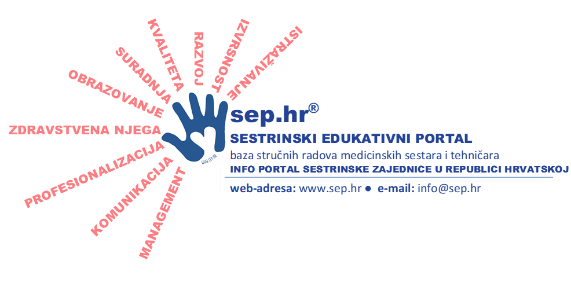Autori: Toyoe TAGUCHI
Ustanova zaposlenja: JAPAN
Ključne riječi: bright light care, delirium,acute care nursing
Kongres/Simpozij: ”5. Međunarodni kongres HDMSARIST-a” i ”8. Međunarodni kongres WFCCN-a”
Mjesto i vrijeme održavanja: Šibenik, 12.-15. travnja 2012. godine
Bright light care aims to create what we perceive as the difference between day and night, and adjust the circadian rhythm of patients by duplicating natural light using artificial light sources. The purpose of this study was to review the effects of bright light care, which have been examined in clinical practice over the past ten years, and identify future challenges. Subjects were 63 patients in the perioperative phase, scheduled to undergo gastrointestinal, cardiovascular, or orthopedic surgery. Bright light care was implemented in the ICU and surgical wards, in which 2,500 to 5,000 lx of light was provided for approximately two hours in the morning. Using the Japanese version of the NEECHAM Confusion Scale, we determined the incidence of delirium. To assess the effects of adjustment of the circadian rhythm, we examined serum hormone concentrations of melatonin, serotonin, and cortisol. Bright light care was implemented for about three days in the ICU, and one week in the surgical ward. The incidence of delirium was slightly lower in the bright light care intervention group, and the circadian rhythm was adjusted in some patients. Bright light care provided when patients got up out of bed was effective to prevent the occurrence of delirium. However, it was difficult to assess delirium in severe dementia patients using the NEECHAM Scale, and it is necessary to develop a new method for its assessment. We plan to conduct further studies to establish more credible evidence and increase awareness of bright light care. We also encourage hospital staff to develop an appropriate light environment when establishing or renovating an ICU, CCU, and patient room, and provide light as one of the nursing techniques in the field of acute care nursing.
